The Culture Trinity: protect what serves you, evolve with intention and make room for innovation and creativity.
The concept of evolving a company culture is something many businesses talk about, some attempt, but few do effectively.
To get to grips with this topic, let’s walk through the classic questions of what, why, how and where!
What is ‘culture’?
Culture is how things get done, and the way people behave in a business. It is what binds people in an organisation together; the shared beliefs and values.
Why is it so hard to evolve?
Because its ingredients are intangible and difficult to measure.
How might we begin?
To truly understand where your culture is currently at, time needs to be spent analysing it. Simple ways to assess culture can include:
Reviewing the onboarding process
Understanding how people feel about change and innovation
Looking at reward and recognition offerings
Spending time observing team interactions and how people communicate with each other
Identifying the approach to learning and development
Where do you want to get to?
Once this has been done, it’s important to think about where you want the culture to get to. You’ll need to look at your vision and core company values - are you 100% clear on what those are? Do you know exactly what the business is aiming to achieve?
Then you’ll need to map the differences between where you are now, and where you aim to get to. From here, a plan can be made with key measurables, including regular reviews to see if you’re on track.
Protecting what works
There will be parts of the existing culture that will be helpful to hold on to, and it’s important these are not lost. If those legacies will continue to play a role, protect them and make them part of your plan.
Power to your People
You’ll also need to make way for innovation and encourage creativity. These are vital for a business to evolve, remain competitive and ultimately, survive. By empowering employees to work and think innovatively, creating psychological safety and encouraging innovative solutions to issues, you’ll encourage organisational growth, inevitably leading to culture change.
Common blockers to achieving sustainable culture shifts
Why are so many organisations unsuccessful when it comes to culture change? Here are some ideas:
If people are not bought into the idea, it just won’t happen. Often ‘culture change’ will sit with one department, usually HR, and is not communicated throughout the business well. This means other departments will not get on board, or see the benefits, so nothing changes
Operating in silos can be a huge problem, where mini-cultures exist in businesses, the organisational culture as a whole doesn’t feel relatable for everyone
If senior leaders are not leading by example, they will show others throughout the organisation that it’s not important. Role modelling is vital when it comes to culture change
Peter Drucker says “culture eats strategy for breakfast”. Drucker didn’t mean strategy is less important than culture - on the contrary. He suggests a powerful, intentional culture was a surer route to organisational success… maybe it’s time for you to review your organisational culture?

